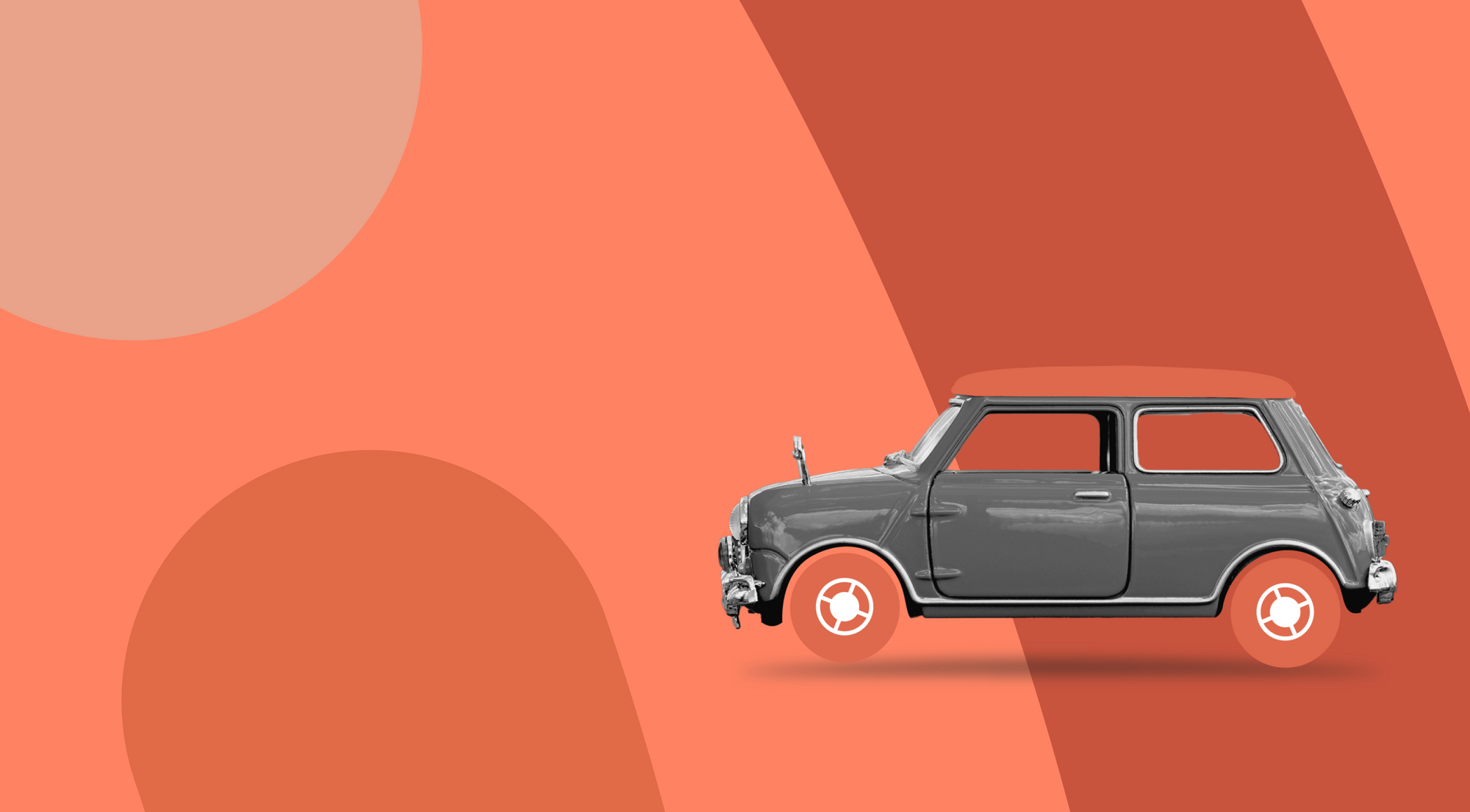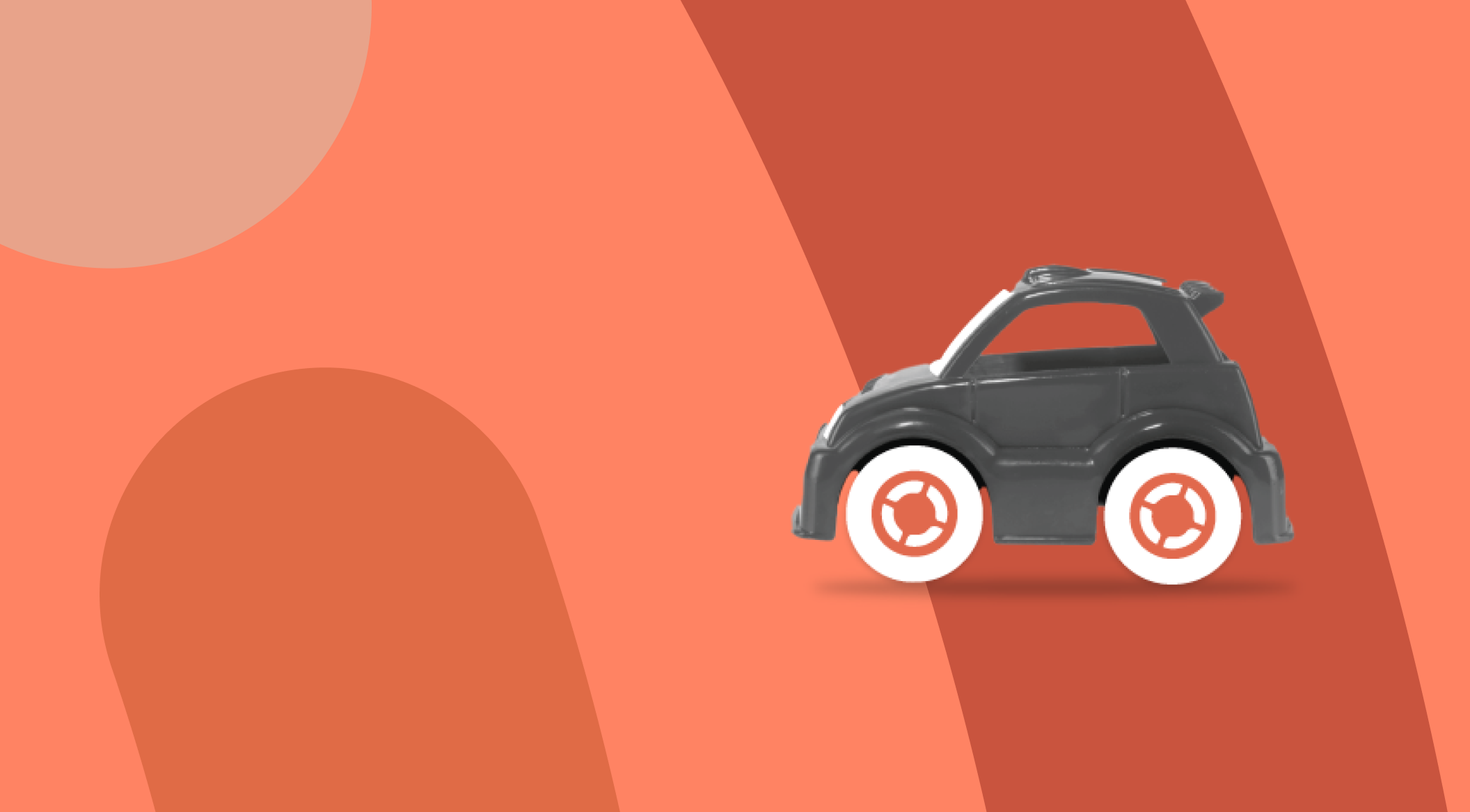Can you drive in a bus lane?

Can you drive in a bus lane?
Yes, you can drive in a bus lane, and you might also be able to drive in a bus lane as a car if the bus lanes aren’t in operation. If the bus lanes are in operation (and some are 24/7) if you’re driving a car, using bus lanes is typically only for emergencies. What type of vehicles and at what times vehicles other than buses can drive in a bus lane are declared by signs, so these are something to keep an eye out for as you’re driving, particularly if there’s a bit of congestion.
Bus lanes are clearly typically marked with a solid white line at the edge of the lane, which shouldn’t be crossed while the bus lane is in operation. Dashed white lines signify the beginning and end of the lanes, as well as points where it’s acceptable for vehicles to cross it – for example to turn or to reach a parking bay.
Bus lanes should all have blue signs showing their operating hours. These are times that only buses can use the lanes. If there aren’t any times shown, it’s because the lane is in operation 24 hours and can’t be used at any point by unauthorised vehicles. Authorised vehicles will either be shown as pictures (e.g. a picture of a motorcycle) or as a text abbreviation (e.g. “EV” for electric vehicles).
Where would you see a contraflow bus lane?
Contraflow bus lanes — where buses in bus lanes drive against the flow of regular traffic — are typically on one-way streets in bigger cities. This allows buses to take a more direct route than they’d be able to otherwise.
When can you drive a car in the bus lane?
If you’re driving a standard car, you should really only use a bus lane if that bus lane’s signage specifies times other vehicles can drive in it. You may also be able to use the bus lane if:
- There’s a block or obstruction in the road
- There’s an emergency passenger vehicle approaching
- You’re avoiding an accident
- You’re picking up or dropping off a passenger
These rules aren’t necessarily in place everywhere, though, so it’s often best to only use the bus lanes while it’s in operation if you really need to.
Can electric cars use bus lanes?
There have been experiments with electric cars being able to use bus lanes during operation because they’re low-emissions. In London, the trial was discontinued sometime before 2019.
Cambridgeshire is one of the only counties in the UK that’s run a more recent trial of this concept, and only in a relatively limited way, on a single street (Elizabeth Way) in Cambridge.
So while, yes, there is at least one place in the UK where electric cars can use bus lanes while they’re in operation, it’s not standard or common by any means.
Are taxis or ubers able to use bus lanes?
Licensed taxis (hackney carriages / black taxis) are able to use bus lanes in most places in the UK. As most Ubers aren’t licensed taxis but rather just standard cars offering a rideshare service, they have to follow the same rules as you would if you were driving your own car. So Ubers aren’t typically able to use bus lanes.
That being said, it’s always best to check the bus lane signs, because rules can vary greatly from city to city or region to region.
Can motorbikes use bus lanes?
In London, motorcycles and mopeds can use bus lanes, in Manchester, motorcycles and mopeds cannot use them while the bus lane is in operation. So, it’ll vary whether motorbikes can use bus lanes depending on where and when you’re driving.
Motorbike use of bus lanes while the bus lane is in operation is dependent on the city or county council, it’s not something that’s consistent across the UK. So, to reinforce what’s already been said…check the signage.
Can a minibus use a bus lane?
Sometimes, yes, a minibus can use a bus lane — it depends on how the council defines a “bus”. In London, for example, a “bus” is defined as a motor vehicle which has a minimum of 10 seats, including the driver. In Manchester, a “bus” is defined as one that can carry more than 8 people, not including the driver.
So it’s likely a minibus will fall under the definition of “bus” in most, if not all, regions of the UK and you’ll be able to use the bus lanes even when they’re in operation. Of course, you’ll also want to make sure you’re properly licensed to drive a bus.
What’s the fine for driving in a bus lane?
The fine for driving in a bus lane, again, varies by city and region. If you do get a fine, you’ll get a penalty charge notice (PCN).
In London, the standard charge for a PCN is £160. If you pay early, though, you currently get a discount. The process typically goes like this:
- Pay the PCN within 14 days of receipt at a 50% discount (£80), or challenge within 28 days and wait for a decision.
- If you still have to pay after the decision, they’ll keep the charge at the discounted rate if you challenge within 14 days and then pay the fine.
- Pay the penalty within 28 days of receipt of a challenge rejection.
- Receipt of an enforcement notice, which means paying the full penalty charge (£160) within 28 days of receipt.
From here, it’s an escalating enforcement process: 28 days after the enforcement notice, you’d get a charge certificate, which would increase the penalty by a further 50%, set at £240. If you don’t pay the charge certificate within 14 days, the debt will be registered with the Traffic Enforcement Centre as an Order of Recovery at £249. If you don’t pay the order for recovery, a warrant will likely be issued, at which point bailiffs can recover the outstanding debt from you, and add their own fees on top of the £249.
A few final thoughts…
While at first glance it seems like a pretty straightforward question, the answer to whether or not you can drive in a bus lane is quite dependent on the road you’re driving on and the time you’re driving on it. Every place is different, and regulations change quite regularly as bus lanes are repurposed or usage shifts.
So if you’re driving on the road in your car and thinking of driving in the bus lane, look out for the blue signs, and they should tell you whether or not you’re able to drive on them at that time.
Urban Jungle is not a financial advisor and information in this article should not be taken as advice or recommendation.





